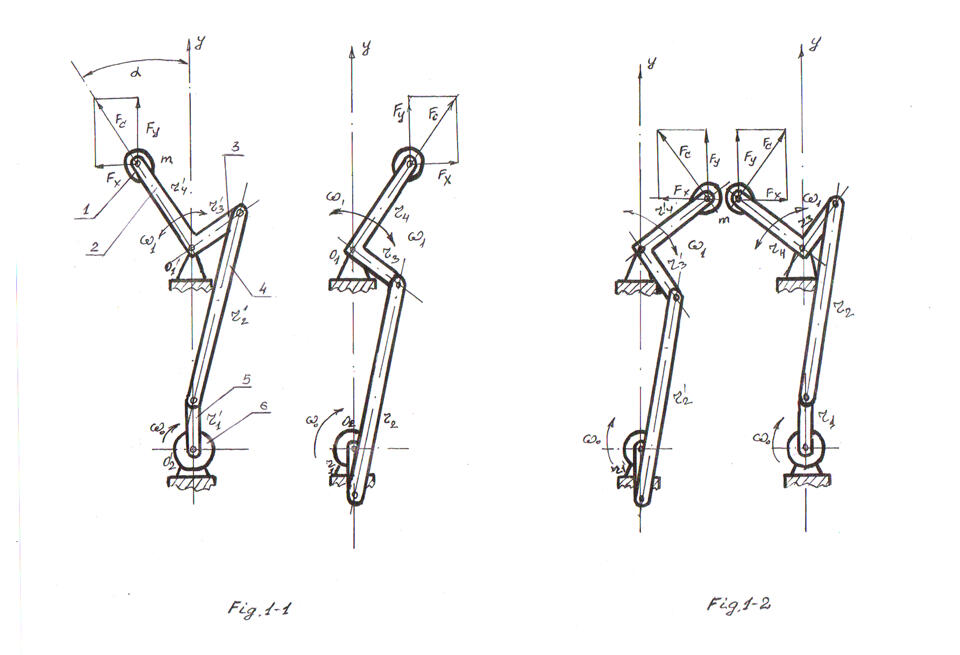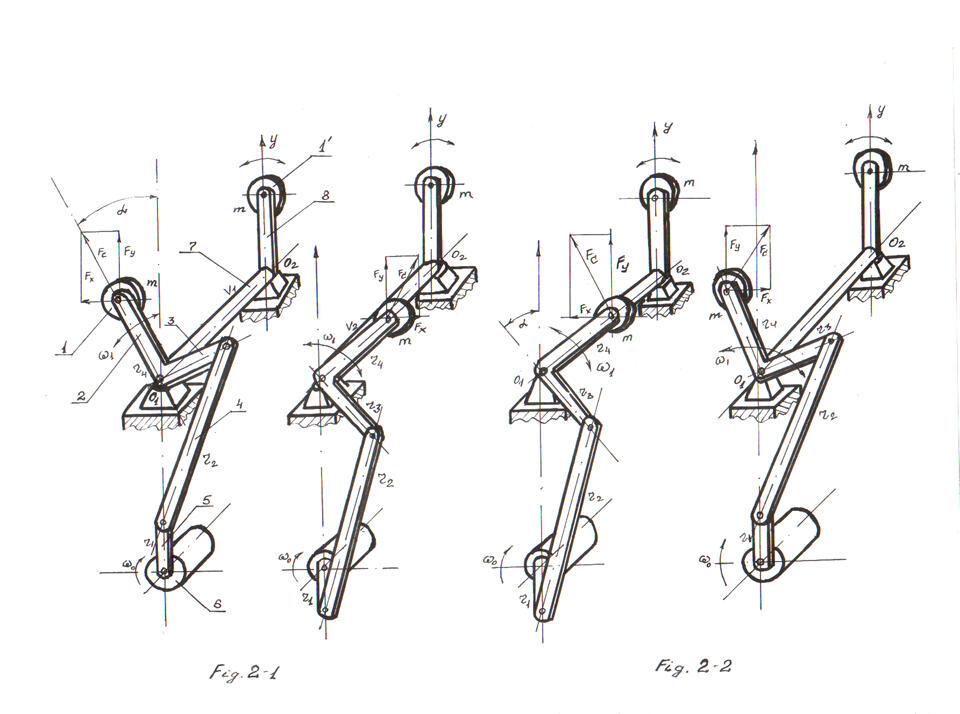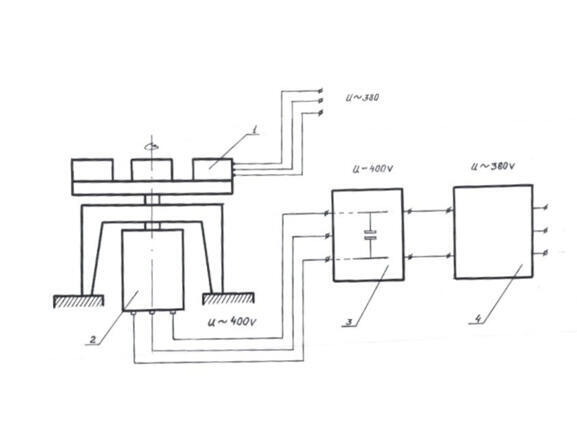
Inertial Propulsion System (IPS)
Inertial Propulsion System is the path to the unlimited energy.
Paper 1 Discussion: English
Paper 1 Discussion: Russian
Paper 2 Discussion: English
Paper 2 Discussion: Russian
Description
Compliance with the laws of physics
Unsupported motors are motors that operate on a force that occurs when a mass rotates (centrifugal force) around a center of mass. This is power carries away the weight of the whole body (device).

Doesn't Contradict Newton's
Third Law
Unsupported motion does not contradict Newton's 3 law, because it was open to inertial motion. The rotation of the imbalance refers to non-inertial motion and was empirically demonstrated in the videos below:
Video #1
Video #2

The Law of Conservation of Energy
The law of conservation of energy is also observed, since it refers to closed systems. And we have, in terms of energy, an open system. An open system in physics is a physical system that cannot be considered closed in relation to the environment in any aspect - informational, material, energy, etc.
Video #3

Inertial Propulsion System
Open systems can exchange matter, energy, information with the environment. Our Inertial Propulsion System (IPS) uses various types of energy including energy from the mains, or battery energy at the start of rotation and in operation.
Inertial Propulsion System
Explanation of the principle of the Inertial Propulsion System
The device can be used to generate electricity. For this purpose, the mechanisms of movement of the inertia elements are arranged on a planning wheel mounted on a central shaft, radially symmetrical with respect to the central shaft: The central shaft of the thin disk is connected to the generator shaft via a gear. The drive motor is mounted on the housing and is connected to one of the mechanisms of the inertia element via a gear unit, but is connected to the shaft of the second mechanism of the inertia element via a gear in such a way as to ensure synchronous rotation of these shafts in opposite direction.
Figures 1-1, 1-2. 2-1, 2-2
Our Inertial Propulsion System


Fig. 1-1, Fig. 1-2 shows a type and an embodiment thereof, wherein
1 - inertial element
2, 3 - link sector levers
4 - lever
5 - leash
6 - reducer
O1, O’1 - centers of rotation
r1, r’1- length of leash 5
r2, r'2- length of lever 4
r3, r'3- length of lever 3
r 4, r’4- length of lever 2
O2, O'2- reducer 6 shaft
W0 is the angular frequency of rotation,
W1 - angular frequency of inertial element 1,
F - force of inertia,
Fx - F component along the X axis,
Fy - F component on the Y axis.
Fig.2-1, Fig.2-2 show a type and variant of the device, where
1 '- additional inertial element,
7 - shaft
8 - lever
α - offset angle
Inertial Propulsion System
The Inertial Propulsion System and Force Multiplier
The force obeys a change according to the sine law and in the first half-cycle of rotation it is calculated by the formula
F1 = m x w² x r1
For example, if we use a 0.5 kW motor to drive the propeller, a force at n = 1600 rpm, w = 160, m = 1 kg and r = 0.1 mF160 = 1 x 160² x 0.1 = 2560 (newtons )
On this principle, it is possible to create electric generators, electric cars and much more.
Figure 2
Our Power Amplifier Circuit
Power amplifier circuit:
1 - rotating rotor with propellers
2 - synchronous generator for generating 400 V alternating voltage
3 - rectifier device for converting alternating current to direct current
4 - Inventory tool for DC voltage conversion and frequency adjustment for 50 Hz and mains AC supply


Potential Use
Strengthening electrical power to supply individual houses
The electric generator consists of a flywheel, on which two or more propellers are located along the radius, connected to the generator shaft and accelerate the flywheel to a speed several times higher than the standard generator speed. After that, the movement of the IPS propeller stops and the flywheel, rotating, continues to rotate the generator shaft until the moment when the generator shaft revolutions decrease to standard revolutions. After that, the IPS propulsion device is switched on again and with such pulses the generator continues to generate electrical energy. If the generator consists of two IPS propellers, then in the first second the generator generates power
P = M * wr , where M is the moment of force in Newton-meters, wr is the radius on which the propulsion unit IPS is fixed.

potential use
Generating electrical power to power electric vehicle motors.
An electric generator can transfer energy directly to an electric motor, giving it the required rotation speed and acceleration. The start of the electric generator is carried out from a conventional battery.
© Vitalijs Entins, Riga, Latvia. All rights reserved.
